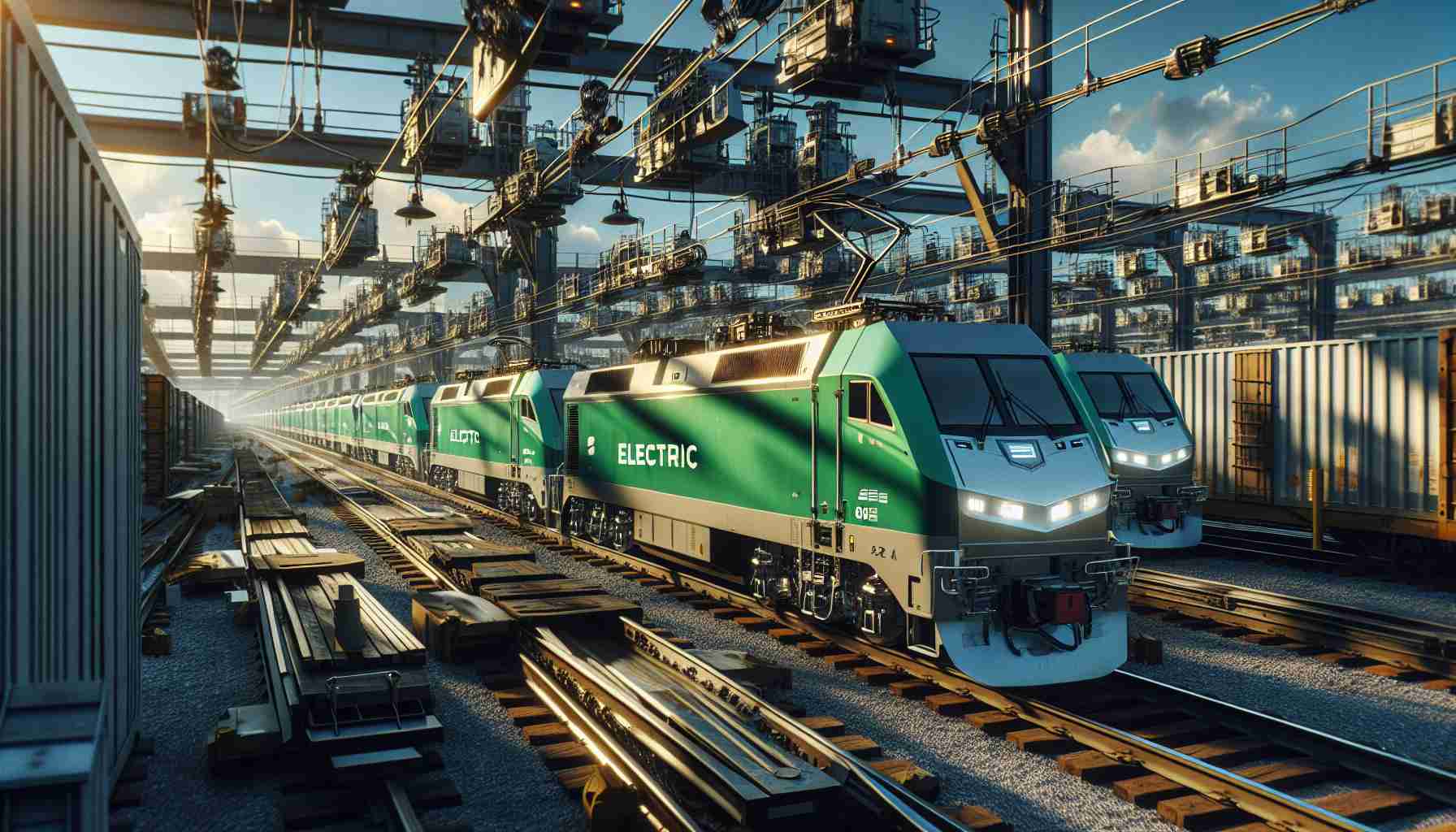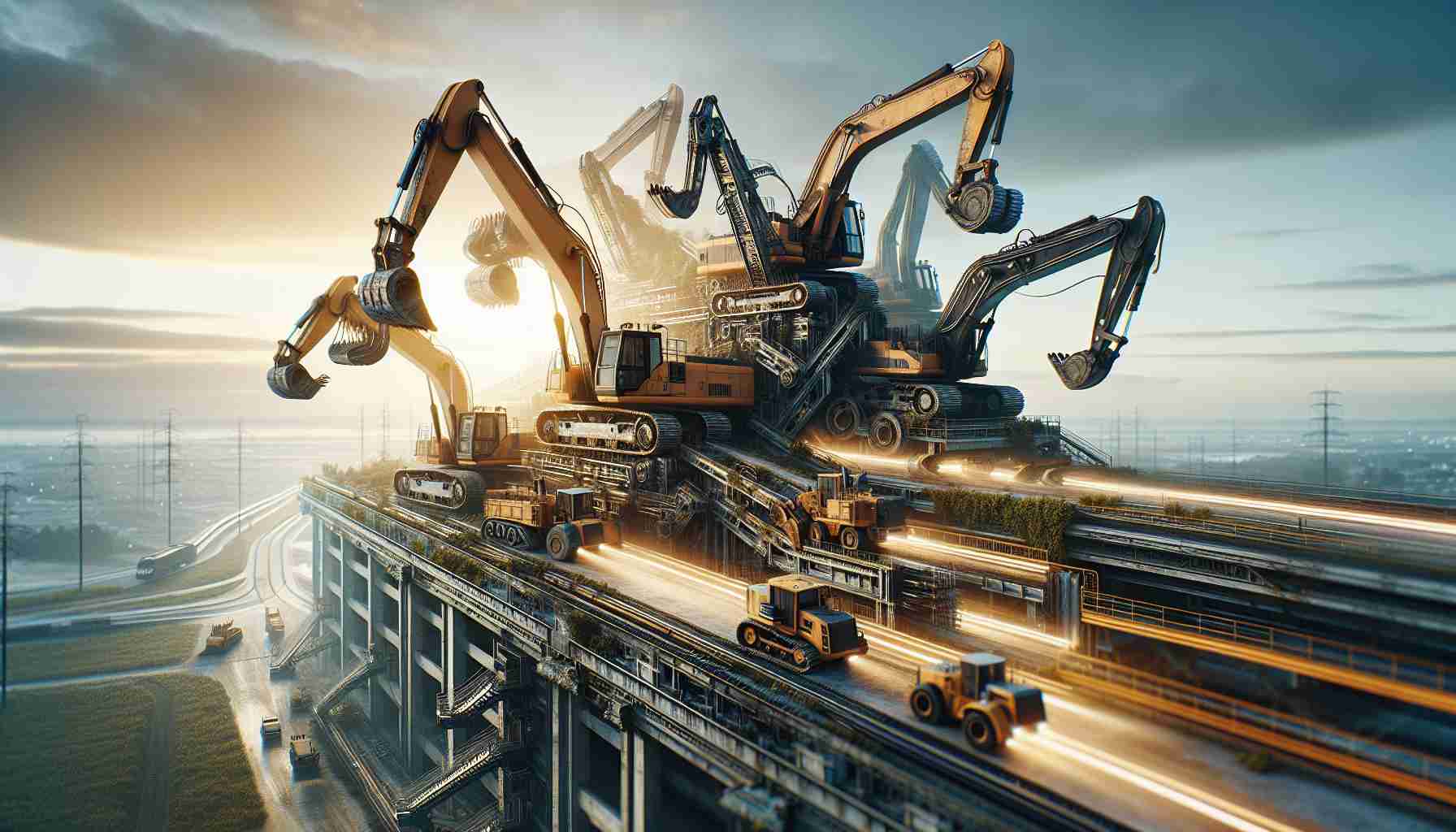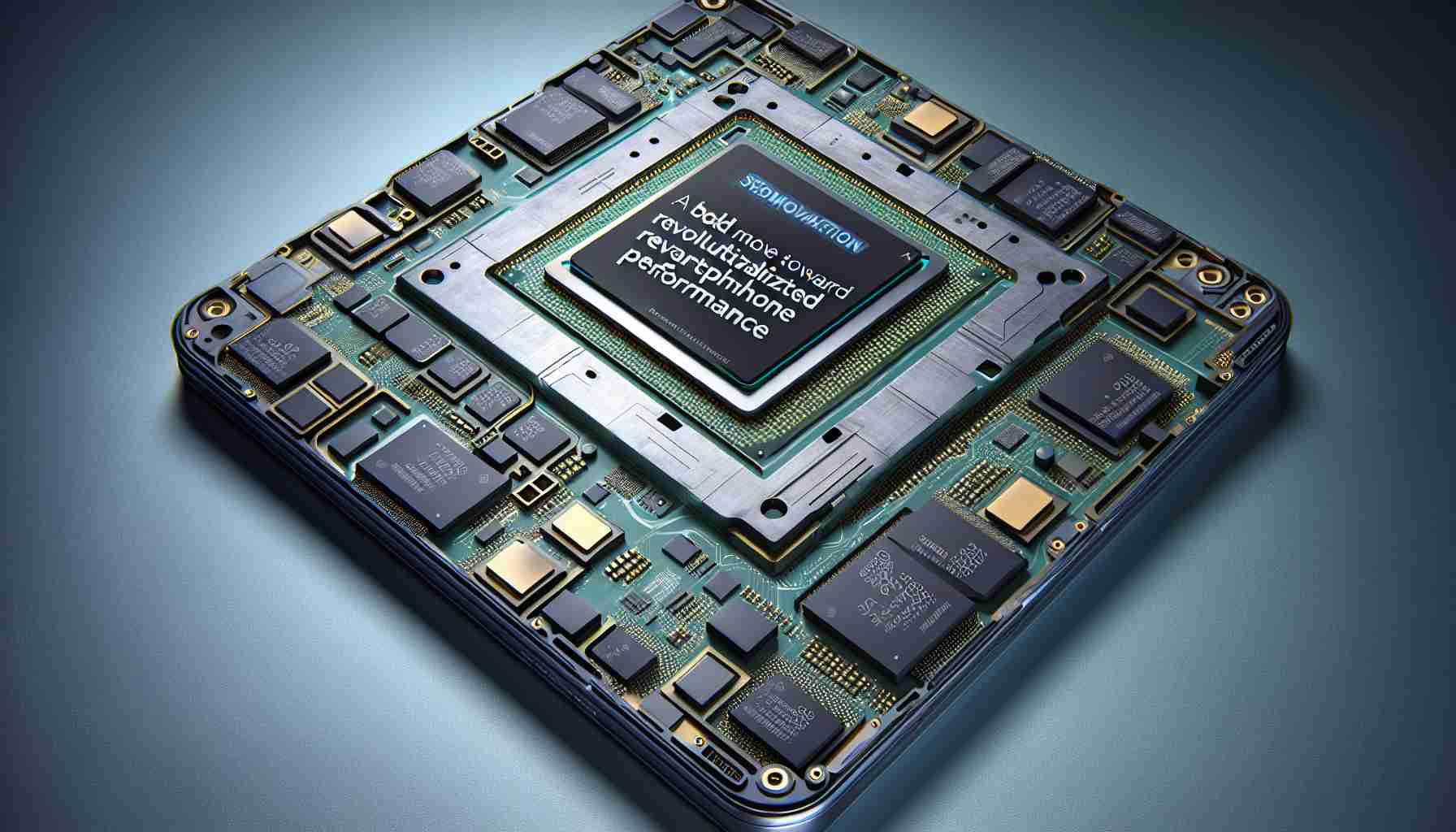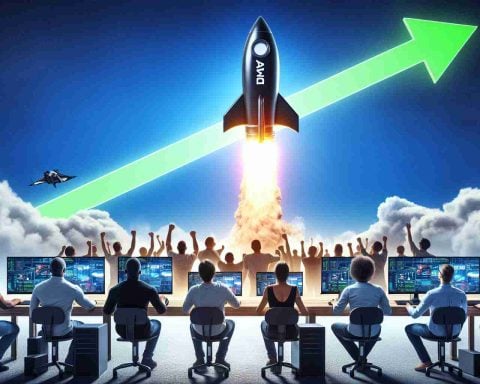With Nintendo’s original Switch making waves since its launch in 2017, anticipation surrounds its successor, often referred to as “Switch 2.” This next-gen hybrid console aims to revolutionize gaming once again, merging cutting-edge technology with Nintendo’s signature innovation.
Enhanced Performance: The Switch 2 is expected to boast a custom NVIDIA Tegra processor that supports ray tracing, offering gamers breathtaking graphics quality unseen in prior Nintendo consoles. The improved processing power ensures smoother gameplay and more immersive environments, appealing to both casual and hardcore gamers alike.
Revolutionary Display: Rumors suggest that the Switch 2 will feature an OLED screen, providing richer colors and contrast. The upgraded display, possibly larger than the current model, could enhance portable gaming experiences significantly, rivaling dedicated handheld devices.
Backward Compatibility: One of the most exciting prospects is its backward compatibility. Gamers may not need to leave their existing game library behind, ensuring a seamless transition to the new device without loss of favorite titles.
Innovative Gaming Features: Nintendo’s foray into cloud gaming with the Switch 2 could redefine its gaming ecosystem. By allowing players to stream a library of games while on the move, it leverages the growing trend of cloud-based services, which has been embraced by major competitors like Xbox and PlayStation.
While the official launch date remains under wraps, whispers of the Switch 2’s advanced features and capabilities suggest a transformative leap in hybrid console gaming. As we await Nintendo’s official announcements, the gaming community buzzes with speculation and excitement, teetering on the brink of a new era of interactive entertainment.
Nintendo Switch 2: Unseen Challenges and Opportunities in the Gaming World
The upcoming Nintendo Switch 2 promises a slew of innovative features poised to reshape the gaming landscape. While much of the buzz focuses on the awe-inspiring graphics and potential backward compatibility, there are pivotal aspects that warrant deeper exploration.
Impact on Developers: The enhanced capabilities of Switch 2 could pressure developers to optimize their games further to utilize new features like ray tracing. While this promises stunning visuals, smaller indie studios may find adapting to such technology financially daunting. Will Nintendo support these developers, or risk widening the gap between indie and AAA titles?
Environmental Concerns: The introduction of an OLED screen, while visually appealing, raises sustainability questions. OLED panels have been criticized for being difficult to recycle compared to LCDs. Will Nintendo address potential environmental impacts, or will this become a point of contention among environmentally-conscious consumers?
Global Market Implications: As global supply chain issues persist, could the launch of Switch 2 exacerbate these problems? A delayed rollout might impact market dynamics significantly, allowing competitors an edge. How will Nintendo ensure a smooth global launch amid these challenges?
Advantages and Trade-offs: While backward compatibility ensures continuity, the push towards cloud gaming raises privacy concerns. Cloud services inevitably involve data collection; how will Nintendo balance user experience with data security?
The Nintendo Switch 2’s impact will ripple throughout the industry, from development nuances to global market implications. As the gaming world watches eagerly, the true test lies not just in technological prowess but in how Nintendo navigates these broader challenges. For more on gaming industry developments, visit Nintendo or PlayStation.






















